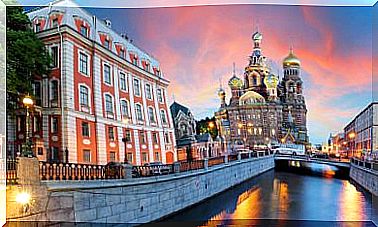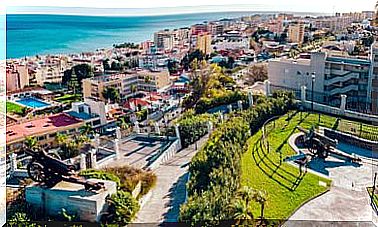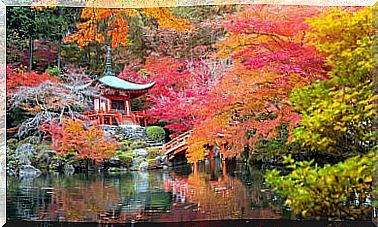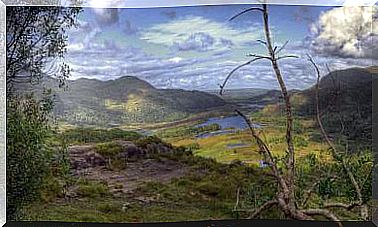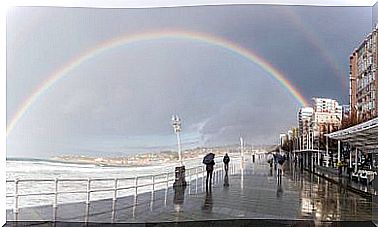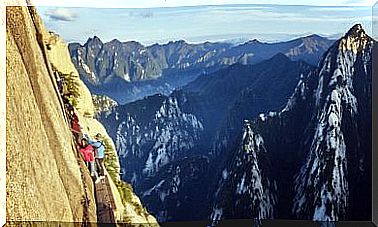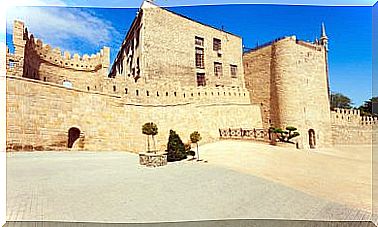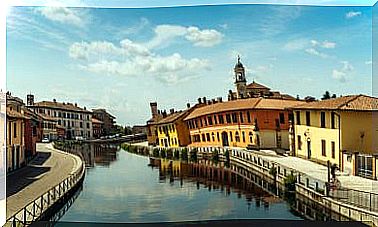Teotihuacán, An Impressive Pre-Hispanic City
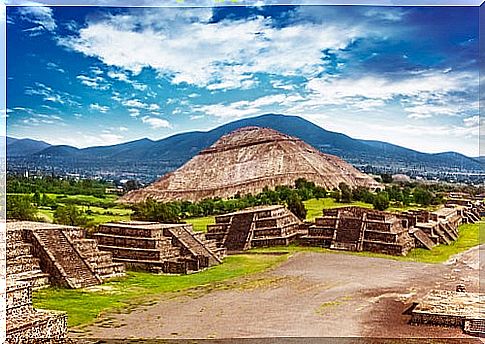
History of Teotihuacán
Teotihuacán is just 50 kilometers northeast of Mexico City, within the municipality of San Juan Teotihuacan. It is the most visited archaeological zone in the country, in fact, it is recognized as one of the most impressive places in Mexico and the world.
Although very little is known about its foundation, archaeologists agree that it is the site where the spiritual and material knowledge of the Mesoamerican peoples were expressed, through the highest architectural, urban and artistic expression of the American continent.
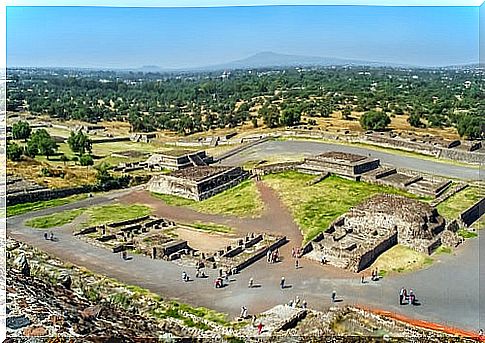
However, currently the Teotihuacan civilization remains shrouded in mystery, because despite efforts, little is known about the “City of the gods” or “Place where the gods were made”, a name given by the Mexicans when they were discovered. these impressive ruins in the 1960s.
The year of its founding varies, but it is estimated that a civilization flourished here around 500 BC, although scientists believe that a devastating fire in the 8th century destroyed what was one of the most politically, socially and commercially important cities of Mesoamerica.
Teotihuacán architecture
As one of the largest archaeological sites, it has abundant architectural remains. There are 600 pyramids, important palaces and buildings with splendid murals.
The Road of the Dead
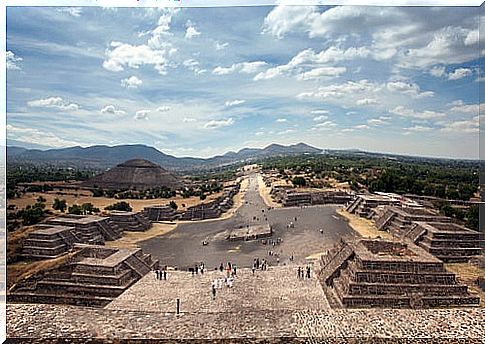
It is the axis of the city and measures four kilometers in length by 40 meters in width. It begins at the Plaza de la Ciudadela and ends at the Pyramid of the Moon. On the sides you can see different palaces and pyramids.
The Citadel
It was built in 200 BC, at the southern end of the ceremonial center. Here are home to important religious buildings such as the Temple of Quetzalcóatl, a central oratory and buildings where it is believed high leaders lived.
The temple of Quetzalcóatl
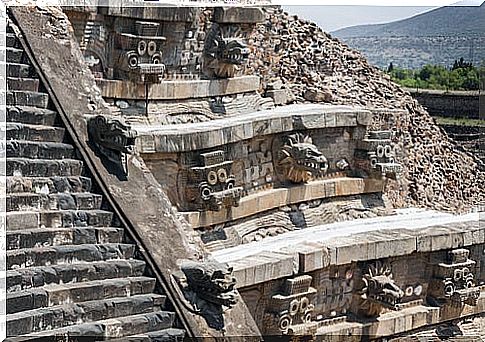
Located in the Citadel, it is one of its main buildings and was dedicated to the deity that bears his name. On its façade you can see snake heads together with aquatic motifs such as shells and snails, representations of Tláloc and the feathered serpent.
The pyramid of the sun
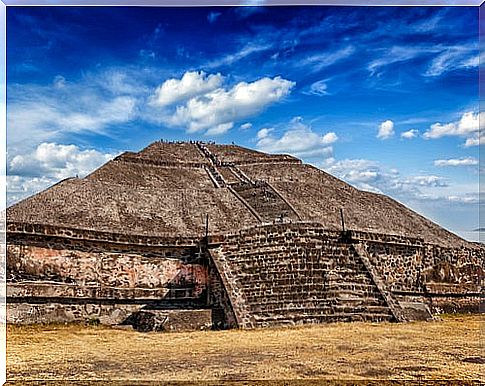
It is located in the center of the archaeological zone, its construction is estimated between 1-150 AD on a natural cave. It measures 64 meters high and 215 meters on each side, which makes it one of the largest buildings in Mesoamerica.
Currently you can climb to get a 360 degree views of the place. To reach the top you must climb the same number of steps per day of the year. In 1971 a grotto was discovered under the pyramid. To access it, you must enter through a 7 meter long well located at the foot of the steps.
The Plaza and Pyramid of the Moon
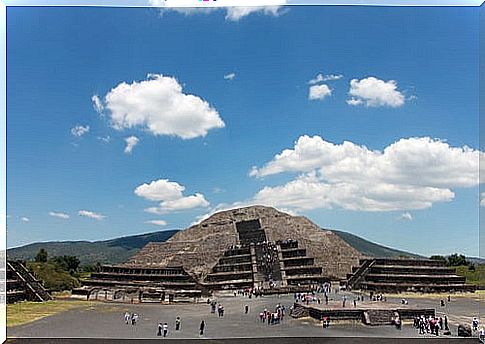
It is located at the northern end of the Calzada de los Muertos and its construction is estimated between 1-150 AD. It measures 40 meters high, on a base area of 1,800 m² and is made up of four large bodies. Above them is a large adjoining temple with a stepped slope and a board. In front of this structure you can see another nine smaller bodies that surround the plaza.
The Palace of Quetzapapálotl
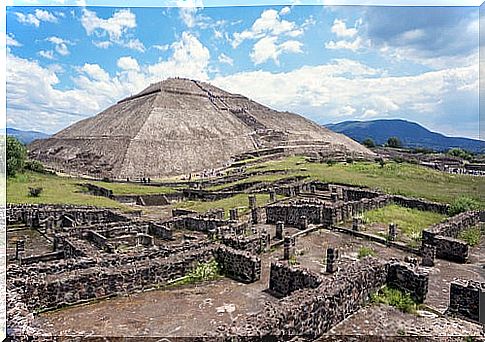
Also known as the “Palace of the Butterflies”, it is located southwest of the Plaza de la Luna. It is believed that it was the main residence of the priestly hierarchy. Remains of bas-reliefs and wall paintings can be admired inside.
The Courtyard of the Jaguars
It is located in the Plaza de la Luna, next to the Palace of Quetzalpapálotl and was built between 450 to 650 AD. It is surrounded by rooms. On its walls you can see remains of wall paintings with figures of jaguars, some of them with shells, snails and plumes. It is believed to be the graphic representation of a ritual to attract rain.
